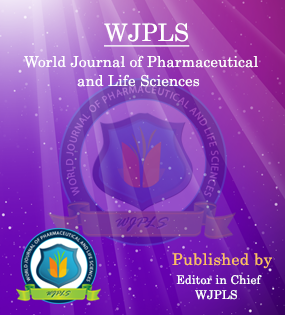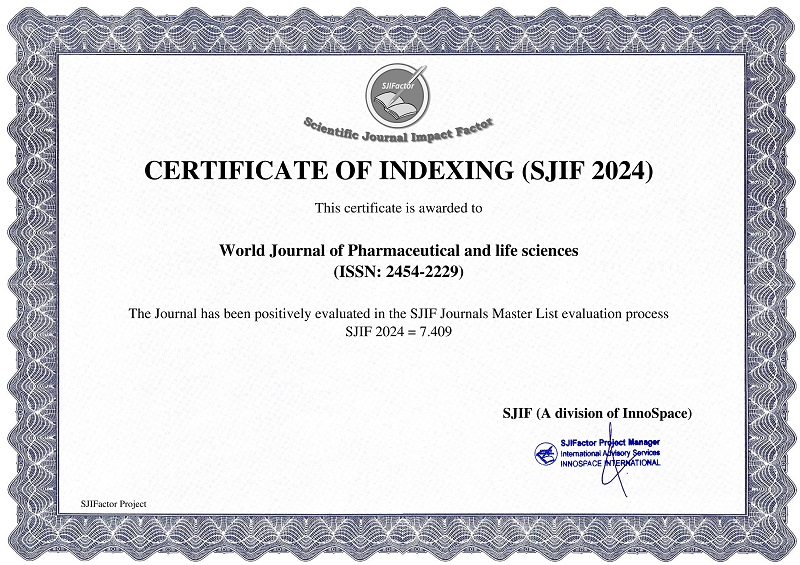Abstract
A PHYSIOLOGICAL REVIEW ON THE AYURVEDIC PERSPECTIVE OF ARTAVA
Dr. Lalit Kumar Nagar*, Dr. Ashok Kumar Sharma, Dr. Kishori Lal Sharma, Dr. Rekhraj Meena and Dr. Ayushi Nigam
ABSTRACT
Ayurveda is a science that deals with disease prevention and treatment. It is supported by the Tridoshas, SaptaDhatus, and Trimalas. Upadhatus, in addition to the sapta dhatus, serve a significant role. The upadhatu of rasa dhatu, Artava, is responsible for conception in females. As a result, when it comes to reproductive health, Artava's well-being is crucial. Rituchakra is an Ayurvedic term that refers to the menstrual cycle, which is divided into three phases: Rajahsravakaal, Ritukaala, and Rtuvyatitkaala. The Rituchakra has a 28-day cycle (Chandramasa). One of the most common causes of gynaecological diseases in women is abnormal menstruation. It was discussed in the Charaka Samhita, Sushruta Samhita, AshtangSangraha, AshtangHridaya, and Kashyapa Samhita, among other ancient literature. Artava, Raja, Shonita, Lohita, Pushpa, and Bija are some of the words used in classic to describe menstruation blood and ovum at various locations. Rituchakra is regarded as one of the most significant physiological events in a woman's life, as its proper state can result in healthy progeny and preserve reproductive physiology. Rituchakra's many phases and other topics were discussed in this article.
[Full Text Article] [Download Certificate]WJPLS CITATION 
| All | Since 2020 | |
| Citation | 590 | 424 |
| h-index | 12 | 10 |
| i10-index | 17 | 14 |
INDEXING
NEWS & UPDATION
BEST ARTICLE AWARDS
World Journal of Pharmaceutical and life sciences is giving Best Article Award in every Issue for Best Article and Issue Certificate of Appreciation to the Authors to promote research activity of scholar.
Best Article of current issue
Download Article : Click here





